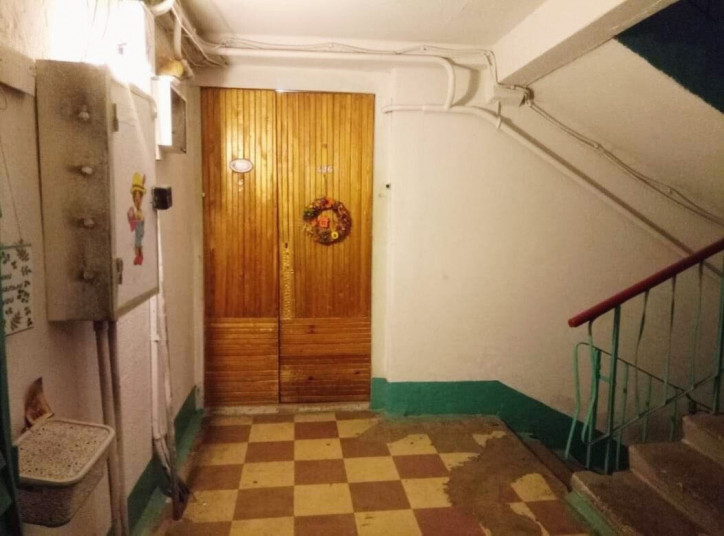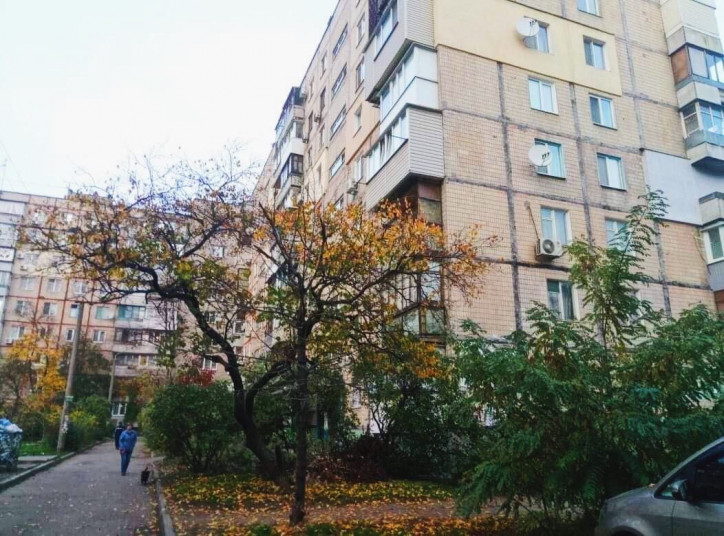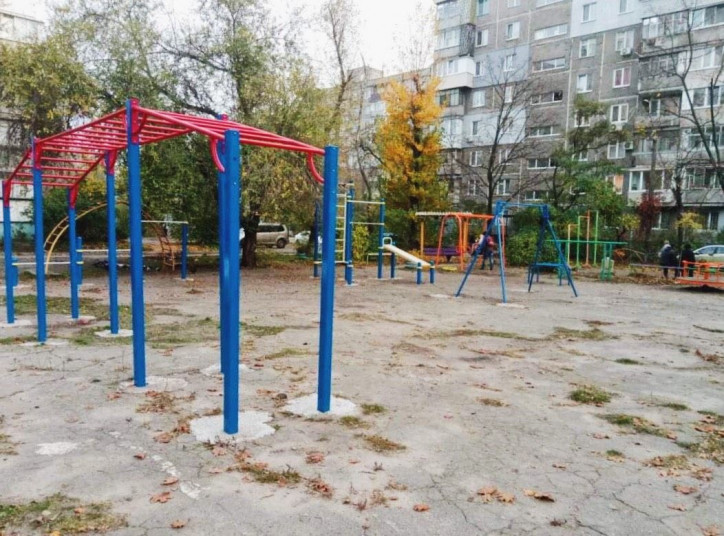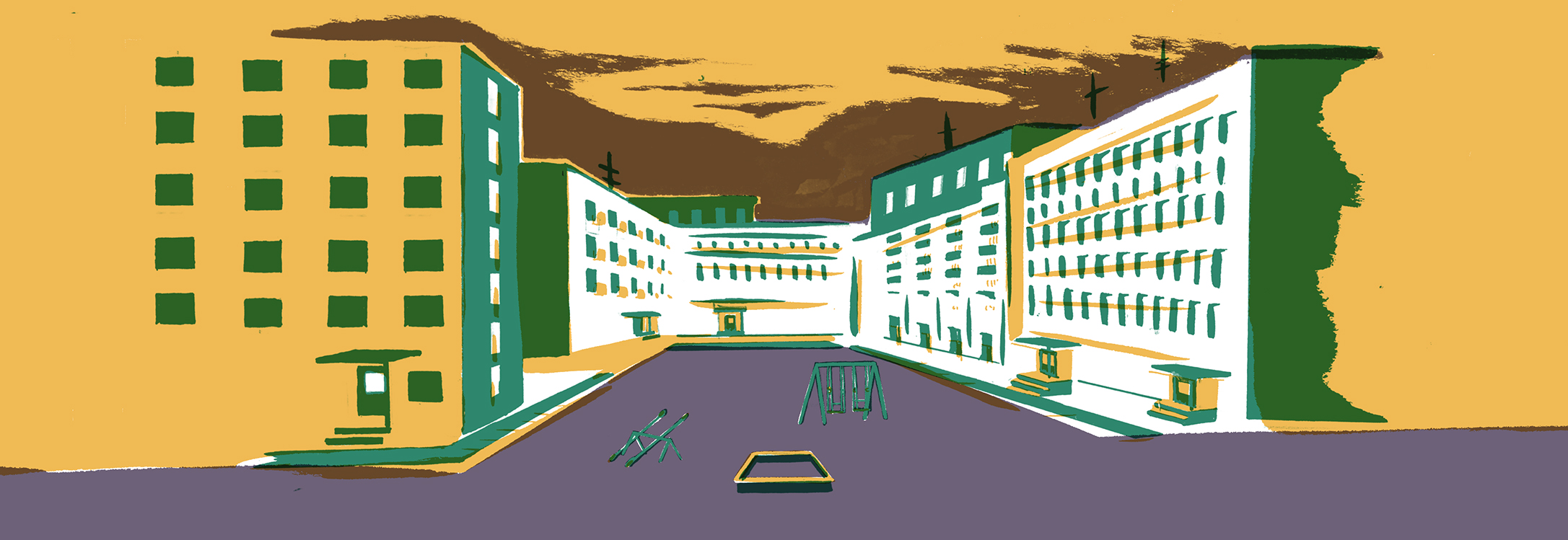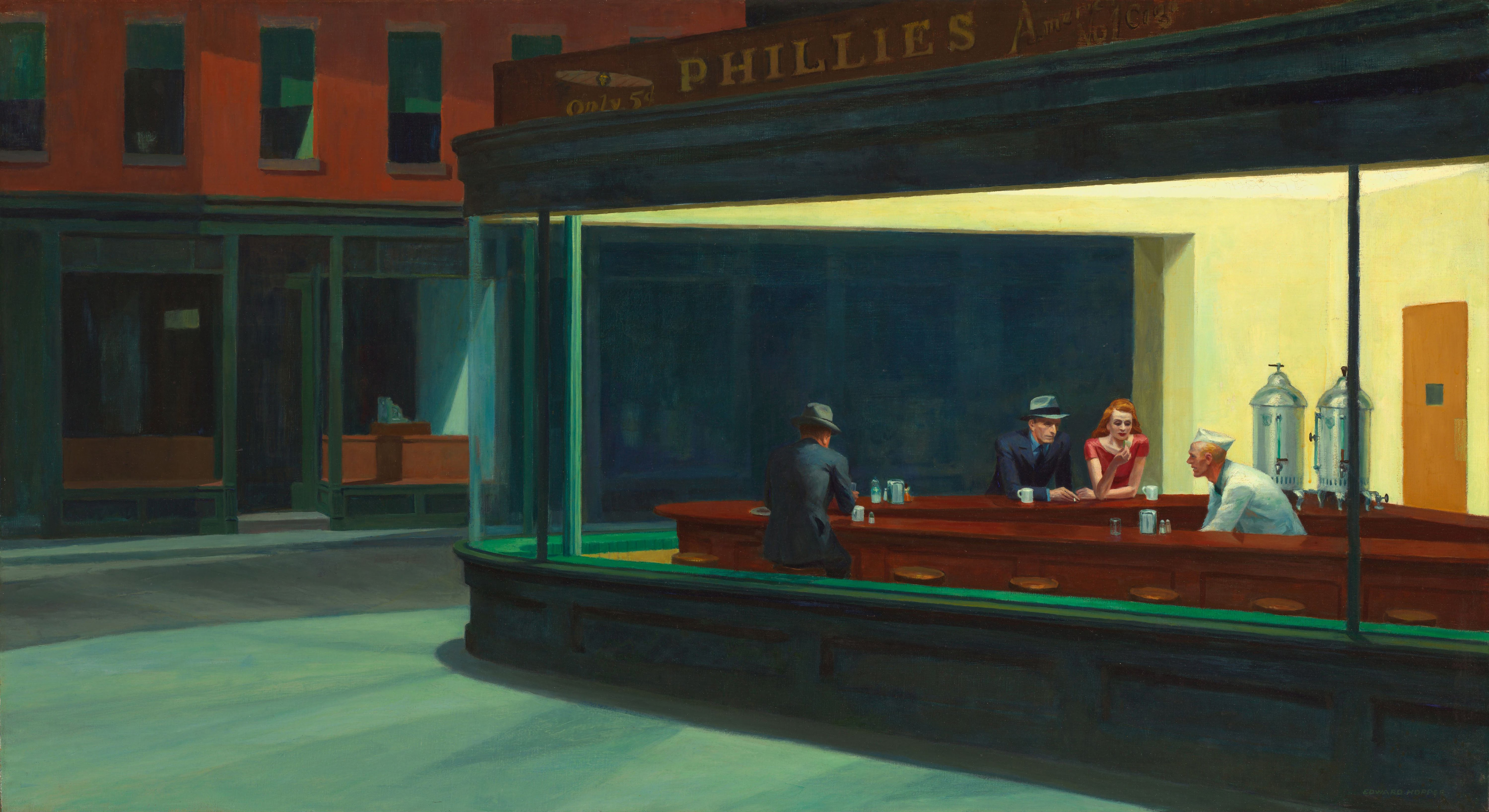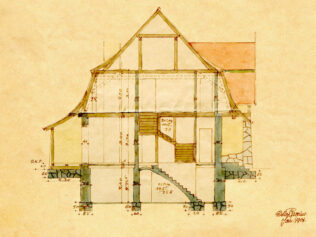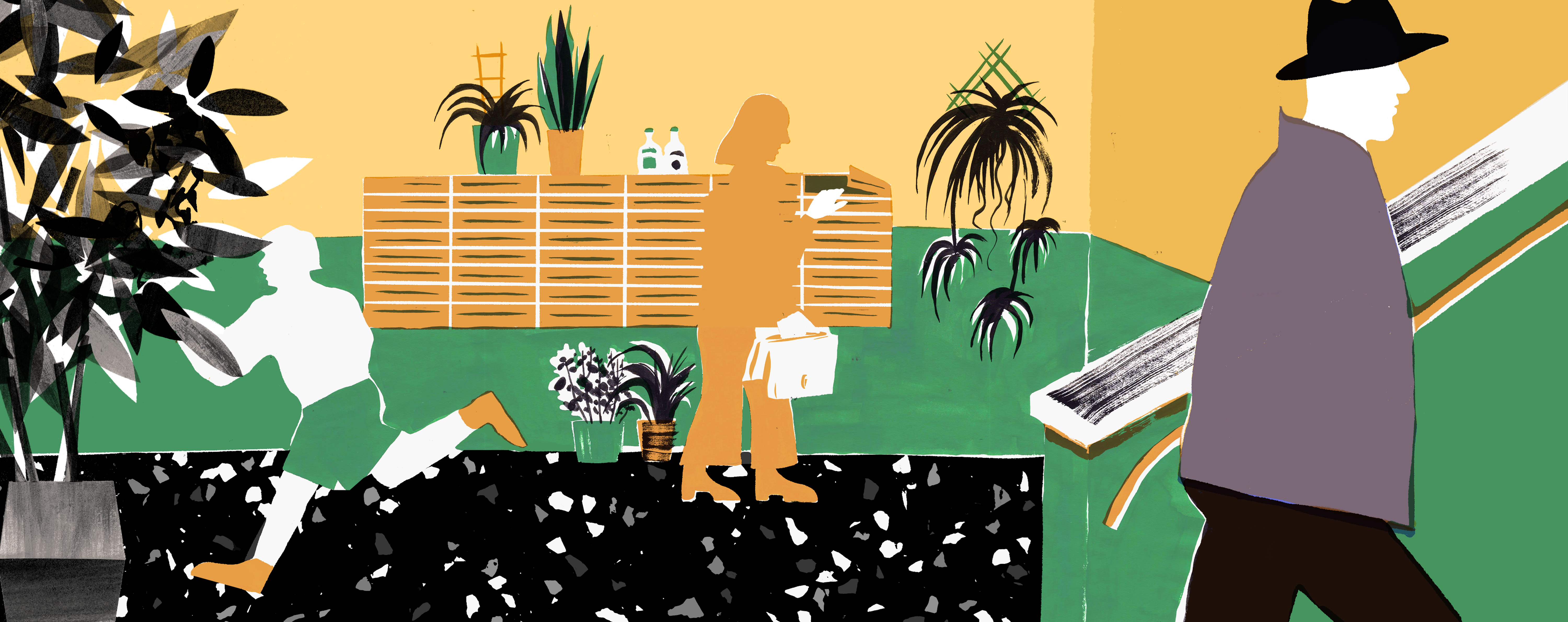
I grew up and spent 20 years of my life in Dnipro – the fourth largest city in Ukraine, standing in the south-central part of the country, with about one million inhabitants. Dnipro is an industrial city with dozens of factories, producing everything from iron constructions, concrete blocks and passenger carriages, to medical equipment, military machines and rocket engines.
After World War II, thousands of scientists and engineers moved to Dnipro from Moscow and other big cities to renew and develop its manufacturing sector. The authorities had to solve the housing issue quickly. Many panel buildings, built of pre-fabricated concrete blocks, arose across Dnipro in no time. The workers – just like in any other Soviet city of the time – could queue up, sign, and get an apartment for free. That’s how my grandparents, my mum and finally me ended up living in one such block of flats.
I call a nine-storey communist building of the 1970s my home. It has the shape of the Cyrillic letter ‘П’ and 13 entrances. The total number of flats is approximately 470 and the number of residents… well, over 1200. Inside this ‘letter’, hidden from the outside world, there is a large courtyard with a playground and a small parking lot. I remember sliding down the green iron slide there, climbing the semi-circle staircase, playing table tennis with the other neighbours’ kids, jumping on the old painted car tires dug into the ground.
The courtyard as a socio-cultural phenomenon was a product of the Soviet urban development policy, and aimed to bring all neighbours together. While kids were playing, parents were chatting in the gazebo or knocking dust out of their carpets on the horizontal bar in the corner. As you enter the building, the first thing you feel is the smell of dampness from the basement, the entrance to which is immediately on the left. There are four apartments on each floor; two flats on each side of the stairwell. All that separates you from your next-door neighbour is a three-square-metre vestibule. The concept of the building suggests that all neighbours live side by side as one happy family. I have to admit that it works, but sometimes in very unpredictable ways…
***
The buzzer rang repeatedly. My mum opened the door. Our neighbour from the first floor Lena, her 10-year old son, and a huge suitcase were standing there impatiently. Stammering and confusing her words, she said that they had to urgently leave for Russia. Her father, who lived in Tomsk, had fallen from the staircase and was now in critical condition in a hospital. “Can you please look after the apartment? Just turn on the lights in the evening from time to time, so that thieves don’t know that it’s empty? Please, I am begging you. I don’t know how long we are going to stay in Tomsk for,” Lena said as she handed the apartment keys to my mum.
For 13-year-old me, going to our neighbour’s flat while they were away and turning on the lights to scare off any robbers was a whole new adventure – like some kind of detective movie where the mission was to protect the flat. Over those weeks, I would always accompany my mum to Lena’s apartment. We would turn on the lights, water the flowers, read the books from their home library.
My mum grew up in this building, so most of the neighbours have known her since childhood. Moreover, my mother works in medicine. She used to work with doctors, in pharmacies, and had plenty of medical handbooks. For tenants of our building, this meant one thing – she was the person to contact in case of a health emergency. Fortunately, she was always happy to help.
One night around 11pm, Irina, a neighbour who lived just above our flat, came to us in a panic. Her little daughter had burned herself with boiling water and they had no medication to treat the burn. I immediately remembered that I had seen panthenol in Lena’s apartment. My mum ran there, took the foam for burn injuries, and gave it to Irina. “Just buy a new one tomorrow, and we will return it to Lena’s apartment,” my mum said.
Lena had been away for a month already when Julia, another neighbour we accidently ran into in the courtyard, asked if Lena was back. “No, why?” we answered. “I saw the lights on in her windows,” said Julia. My mum and I ran home as fast as possible. “Sit here,” my mum ordered me, and quickly went to Lena’s flat together with my dad. The doors were unlocked. Someone was making noise inside. To scare off the robbers, as my dad approached the doors, he shouted: “I’ve called the police!” We decided not to enter until they arrived. As it turned out, we appeared just in time. The robbers got scared and climbed out of the window without stealing anything.
‘Mission Apartment Protection’ was successfully completed thanks to the effort and teamwork of a few neighbours. I hope we let those bastards know that, no matter what, we would stand for each flat in our building; they better not try it again.
Neighbourhood relations in a block of flats is all about having each other’s back, whatever happens. There are moments when you might hate the noise of the parties, the fights, the lover’s nights, but at the end of the day, you are all in the same boat. As the journalist Malik Moonzajer once said: “How can you have dreams when your neighbours have nightmares?”
Lena and her son returned after three months of absence. They brought many gifts from Russia to thank us for saving their apartment and, therefore, a significant part of their life.
